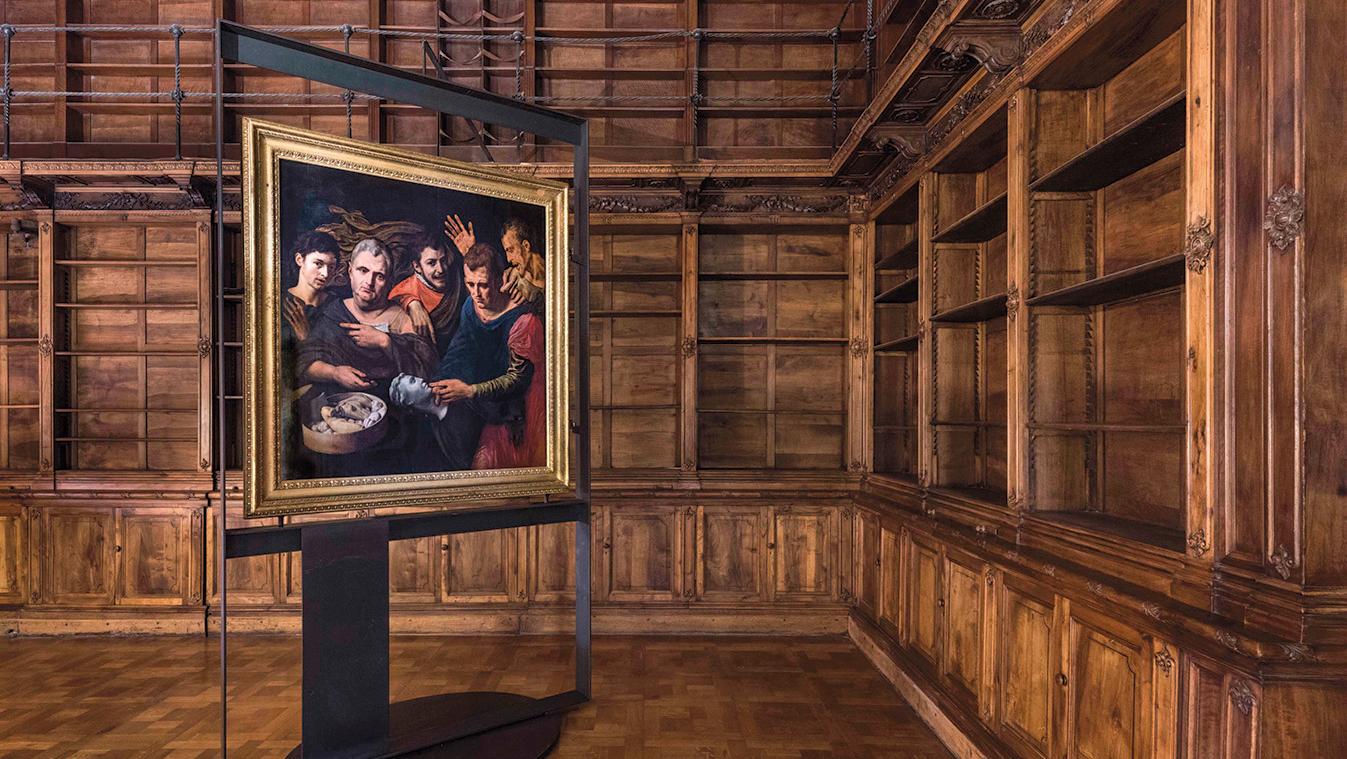In Palermo, a couple that loves old and contemporary art is giving the palace of the Branciforti dynasty, the Princes of Butera, a new lease on life.
More than a house-museum, the Palazzo Butera is a laboratory open to Palermo and its visitors. Francesca and Massimo Valsecchi bought the 18 th -century palace with a terrace overlooking the sea in 2016. They had only been to Sicily once on vacation when they were young. The couple enjoyed the lively atmosphere and history layered with traces left by various civilizations. They decided to move their collection , begun in London in the 1960s, to this palace in Palermo, ambitiously turning its Baroque and Rococo décor into a new artwork in its own right. Gioacchino Martorana and Gaspare Fumagalli’s frescoes, paintings of the fiefs of the Princes of Butera, the ballroom’s wax and stucco ornamentation…
com.dsi.gazette.Article : 20351
This article is for subscribers only
You still have 85% left to read.
